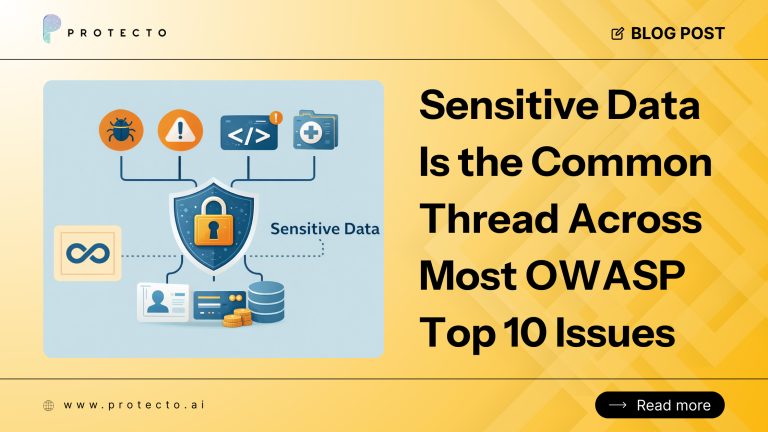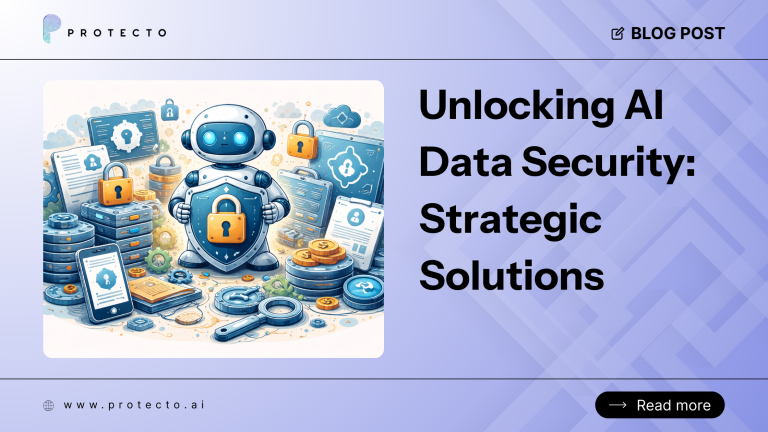Why Data Minimization Matters
Numerous businesses – maybe even yours – have spent the past decades believing the hype that “data = success” in the modern tech-driven economy. While it’s true that informed and judicious use of the right data at the right time can drive significant benefits to your business, not all data is created equal, and knowing what to keep and what to junk is crucial.
The benefits of data minimization are several and varied:
– Reduced Risk from your data
– Ease of Use in mobilizing your data
– Lower Costs for managing your data
These benefits are spread across multiple functional units within your organization. For example, data engineering will find it easier to conduct regular business activities with fewer data assets and lower operational costs. Your security team will appreciate the reduced risk profile that comes from minimizing your data. And your privacy team will definitely be in favor of a lessened regulatory compliance burden and a greatly decreased risk of privacy violations.
While each data minimization project is unique in its own right, we’ve nevertheless found that there’s a common process to follow to maximize the chances of success.
Steps to Minimize Data
The first and most important step to begin your data minimization project is to start with primary goals – What are the core goals of your business, and how does collecting data help achieve those goals? When you have a strong idea of what your intended goal for your data minimization project is, we can get to work:
Data Inventory
The first step to any successful data minimization program is to take inventory of all your data assets. And yes, we mean all. From your CRM to your QA tests to your AR/AP records, you’ll need to make a master list of data assets that your company holds.
The results of this data inventory alone can be eye-opening: you’ll come across all kinds of unexpected and intriguing data assets in places you might never have thought to look for them. When customers see the data assets a company has on their books, it often surprises its employees, who never even imagined such data was lurking around their servers and hardware.
Progressive Data Management
The next step in your data minimization program is to begin a progressive set of data management operations, ranging from deleting your low-quality and stale data to implementing safeguards on your remaining high-value and high-use data assets.
A good progressive data management project considers both the lifecycle of data assets, from creation to retirement and the company’s projected future state. Hence we generally recommend a “passes” or “waves” approach towards your data management: the first pass in reviewing your data can get rid of clearly useless assets, while the second and subsequent passes can spend more time considering higher-value data assets and their likely utility to your company in subsequent years.
Data Governance Standards
The next step is to set standards and guidelines for your team to ensure that you don’t have to go through the above two manual processes continually. By encoding your data governance standards at the operational level, you’ll ensure your data is managed how you want it to be going forward.
This step is one we recommend clients reach out to a third-party solutions provider because data governance standards are increasingly linked to legal and regulatory requirements. Governance should align with the laws in all jurisdictions your company operates, especially if you have a presence in the European Union. GDPR (General Data Protection Regulation) enforced in Europe is one of the more stringent data protection requirements facing firms today.
Narrow Data Collection
The final stage of a data minimization project is to set in place processes that ensure you won’t have to make a regular occurrence out of it. In terms of maximizing your bang for your buck, the best place to start is right at the mouth of the funnel by narrowing the total amount of data you collect in the first place.
A great place to start with narrowing your data collection is in your customer data, as it’s typically some of the most high-value data companies have. When looking at your various sources of customer data (from inbound marketing forms to lead generation programs to sales call notes), ask yourself the question, “How are we planning to use the data? Is it necessary for our business operations?”
If you can’t find a good reason to have the data in the first place, it’s not worth collecting. Simple as that. Our customers often report that asking this question helped them clarify not only what data was worth collecting but also helped them improve their underlying business processes.
How Protecto Can Help You
Data minimization can significantly reduce threat surface areas and risks.
Our solution lists all the data that is never used and poses a risk to your organization. Our platform uses AI/ML to map your data, identify sensitive data, and analyze data activities to identify the right data assets that must be minimized.
Our solution scans across multiple data repositories, including big data, to identify sensitive data and create a detailed map of your data. Without Protecto, companies typically take weeks to determine what data is necessary and relevant. Protecto automatically analyzes the data and data activities in a few hours to identify the potential list of data assets that can be deleted/archived.
Request for a demo to learn how we can help with your data minimization efforts.




